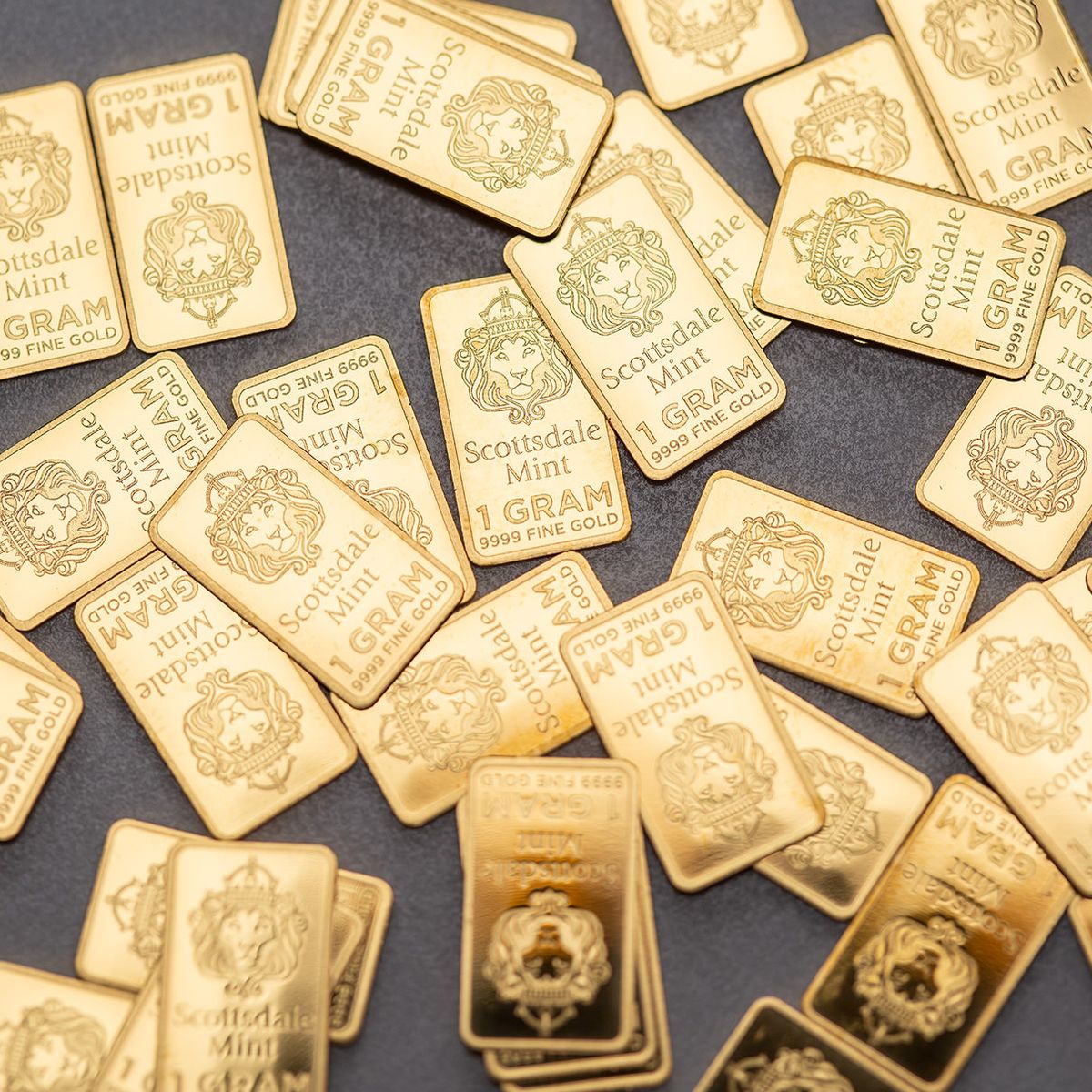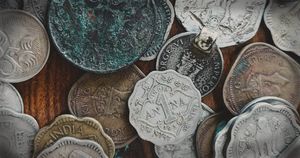Savvy investors understand the importance of diversifying their portfolio and hedging their wealth against inflation with precious metals. Gold, silver, platinum and the like have inverse relationships to the value of currency; as inflation causes the dollar and other currencies to lose value, the value of precious metals has skyrocketed. More and more investors are interested in stacking gold and silver products available from Scottsdale Mint — but where do they stack them?
Unlike many other types of investments, gold and silver are physical assets. While it is possible to capitalize on the value of precious metals by trading in paper gold or paper silver — which reflect the spot price of gold but are not in fact actual gold — owning real, tangible precious metals is the safest and most effective way to protect one’s wealth. Yet, many investors are not properly equipped to keep an ample quantity of physical gold or silver safe on their premises. The solution: gold vaulting.
What Does Vaulting Mean?
As the name suggests, gold vaulting involves storing one’s physical gold assets in a secure gold vault, usually in a bank or another storage facility dedicated to high-value items. The purpose of gold vaults is to enhance the protection of one’s precious metal investments. Just as with cash, physical gold bars and silver assets can be difficult to track, so should an investor lose their precious metals in any way — through theft, natural disaster, or misplacement — there is hardly any recourse for finding or returning those assets.
Unfortunately, an investor’s home is a remarkably insecure space to store such valuable assets as gold and silver. Some investors take to hiding their assets in unconventional spaces in their home or burying their gold and silver in the yard in attempt to stymie thieves, but if an investor forgets their stash locations, they lose that gold and silver forever. Though a high-quality safe built into the home might deter some robbers, it might not keep precious metals safe from damage to the home. Ultimately, the truth is that if someone outside an investor’s family knows about a gold or silver stash, there is a significant risk to those investments
There are four options for professional gold vaults:
Safety deposit boxes. Bank and non-bank safety deposit boxes are convenient for investors with small bullion stashes. Protected by the security of the bank, these gold vaults are likely to be located close to an investor’s home and thus easily accessible. However, it is important to know what happens to the contents of the boxes should the institution protecting them go bankrupt.
Bank gold vault. Larger banks offer bullion storage, which is kept separate from their safety deposit boxes. Unfortunately, after the 2008 Great Recession, banks are allowed to appropriate the contents of their vaults in a bank crisis — called a “bail-in.” Investors who opt to store their bullion in bank vaults might consider acquiring depositor insurance, which will cover the value of the lost bullion should a bank divest its shareholders in a bail-in.
Non-bank mixed vaults. These companies specialize in securing high-value assets, like cash, diamonds, artwork and bullion. Investors who have a wide range of physical assets in their portfolios might welcome the opportunity to use a single storage solution to keep their investments safe.
Non-bank bullion vaults. Specialized gold vaults exist for the sole purpose of safeguarding investors’ bullion. These vaults can be segregated, meaning different investors’ metals are held separately from one another, or pooled, in which different investors’ physical metals are stored together within the same vault. Both specialized and mixed vaults tend to be the most secure option for gold and silver investors because they are well-insured to protect clients’ property, even in the event of the vaulting company’s bankruptcy.
How Much Does Gold Vaulting Cost?
Different types of gold vaults have different pricing structures. Generally, safety deposit boxes with a central bank or credit union will carry the lowest cost, while non-bank mixed vaults will be the most expensive option for investors. Investors will typically pay by the weight or value of the bullion they need to be stored, so larger stashes of gold and silver will cost more to secure in a vault than beginner-level stacks.
The calculation of fees varies by vault. Some vaults charge a percentage of the value of the bullion, while others charge flat rates for different tiers of bullion value. Finally, some vaults offer optional features, like segregation of assets, that will increase the amount an investor pays. Ultimately, private investors need to research the vaults they are interested in to determine how much vaulting will cost them.
How Does Gold Vaulting Work?
There are two ways to utilize gold vaults: by physically transporting one’s collected gold and silver into a vault or by purchasing metals that are already stored in a vault.
Investors who already have their bullion on hand will need to transport their gold and silver stash into a vault. Investors who opt to use a safety deposit box or a bank vault need only open an appropriate account with an institution offering these services. Some gold bar vaults require investors to apply, which will involve divulging information about their assets, such as the size and shape of bullion, the purity, the value and more, as well as identification information for any member on the account. Then, investors will either surrender their gold and silver in person or ship their precious metals to the vault’s location — with properly insured postal services, of course.
It is possible for investors to buy and sell gold and silver directly from their vaults. Buying gold that is already vaulted can be a convenient way to increase one’s investments without worrying about shipping or storage. Some gold vaults will even manage the sale and transfer of stored bullion for investors, which can keep costs low. However, it does mean that investors lose the opportunity to cherish the beauty and weight of their precious metal investments.
Scottsdale Mint is eager to help investors understand the advantages and disadvantages of using a vault to protect investors’ precious metals. After all, when one’s gold and silver look as stunning as the pieces available from Scottsdale Mint, it is imperative that investors know how to keep their prized possessions safe.





